Spending time in a well supported sitting position allows children to develop their hand skills so they can play and join in other everyday activities, such as feeding themselves and getting dressed.
Different sitting positions are useful at different ages, and for different activities.
The following chairs are examples of seating, separate from your child’s car seat, that are available in mainstream shops.
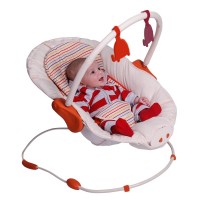 Early sitting (0-9 months) top tips:
Early sitting (0-9 months) top tips:
- Baby bouncers with a deeper seat will help your child’s hips to stay in a better position.
- Look for a baby bouncer that keeps your child’s head, tummy and hips in the middle.
- Look for a baby bouncer that supports your child’s shoulders, and helps them to bring their hands forward, in line with their vision.
- Additional padded support may be required initially.
NOTE: Using a car seat for long periods of time in the home may restrict your child’s movement and vision, and delay independent sitting balance.
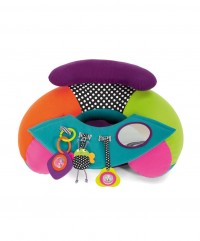 Floor sitting top tips:
Floor sitting top tips:
- Use more supportive positions if you are focusing on developing play, vision or hand skills.
- Use less support if you are focusing on developing their sitting balance, and use toys that require less effort.
- Using different positions throughout the day for different activities gives the best opportunities for development.
- Some seats can be useful for short periods to help children to participate in activities with friends and family.
- Avoid propping your child with cushions on the family sofa
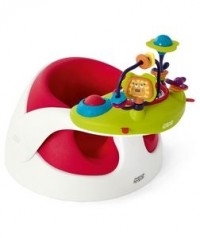 Inflatable / cushioned floor supports are good for children who have just developed head control and early sitting balance, and no longer need to rely on their arms to prop on the floor.
Inflatable / cushioned floor supports are good for children who have just developed head control and early sitting balance, and no longer need to rely on their arms to prop on the floor.- Baby snug chairs and other floor sitters with play trays and straps can work well to help your child develop their hand skills and interaction in a safe and supported position.
- Chairs like these should only be used following manufacturer guidelines and when your child has developed some head, neck and trunk control.
NOTE: Some children will arch back when tired of sitting - supervise your child at all times when in a chair.
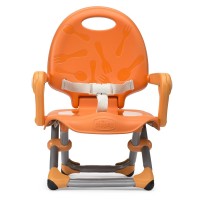 Box sitting top tips:
Box sitting top tips:
- Your baby needs to experience sitting with their knees in line with their hips, and their feet flat on the floor (box sitting, or chair sitting position).
- Sitting on a small stool or booster seat on the floor, helps your child to develop better use of their leg muscles in preparation for standing.
Both of these booster seats are available from high street stores such as Boots, Tesco, Mothercare, and online from Amazon.
Highchairs top tips:
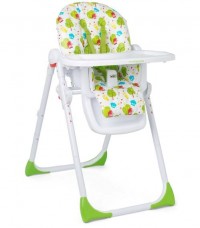 Look for:
Look for:
- Sturdy hip strap and pommel, to prevent child slipping forwards.
- Over-shoulder straps that fit snuggly.
- Narrow gap between your child’s tummy and the tray.
- Hips and knees at right angles, so that your child is in an upright position for swallowing safely.
- Shoulders, arms and hands should be forward, so they naturally rest on the tray.
- Avoid highchairs that are fixed in a reclined position.
- Look for a highchair that can be brought as close to the family dining table as possible, to encourage your child to develop their social interaction skills.
- Use rolled up towels, or pieces of foam to add additional support if needed.
- Highchairs can be a place for play, as well as feeding.
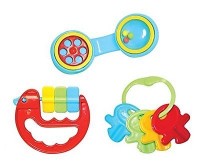
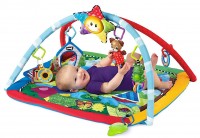 Early play skills:
Early play skills:
 Choose toys that have holes in to encourage your child to use their index finger (poking action).
Choose toys that have holes in to encourage your child to use their index finger (poking action).
 Give your child opportunity to experience different textures within their play, e.g. sand, water, playdough, dry pasta, etc.
Give your child opportunity to experience different textures within their play, e.g. sand, water, playdough, dry pasta, etc. 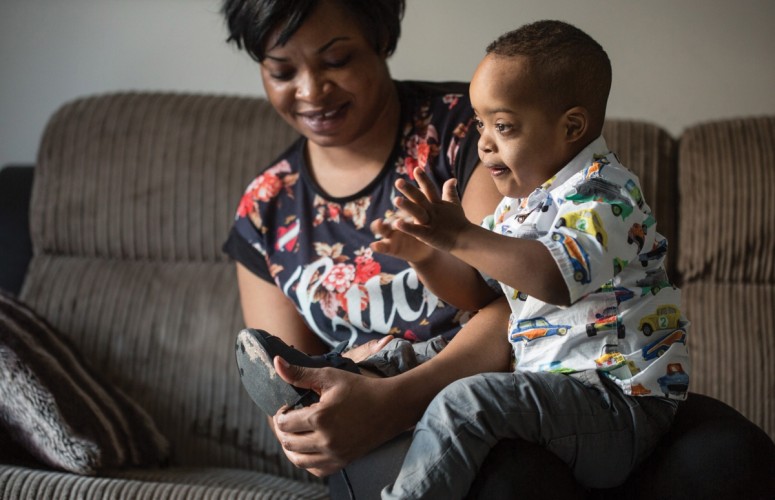
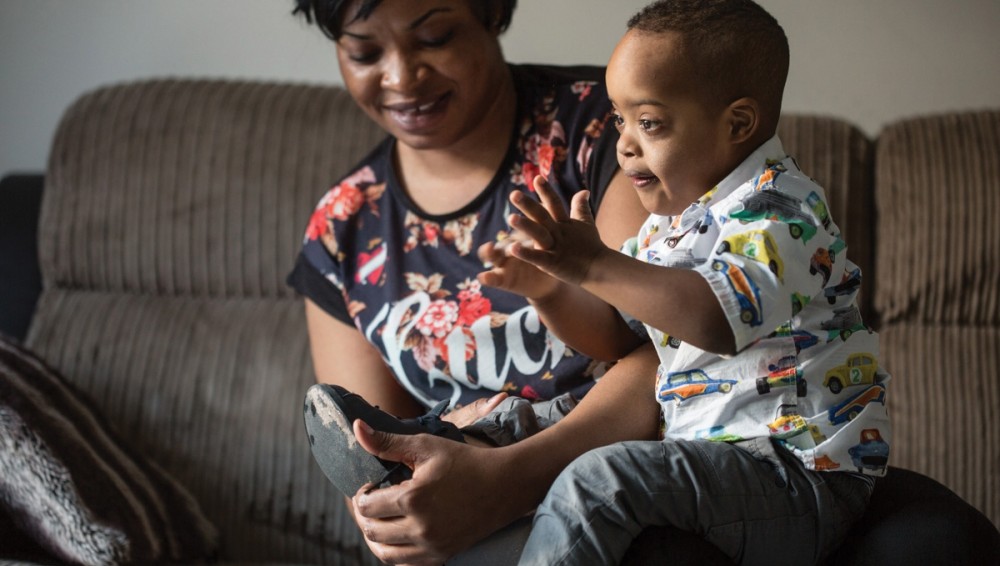
 Early sitting (0-9 months) top tips:
Early sitting (0-9 months) top tips: Floor sitting top tips:
Floor sitting top tips:  Inflatable / cushioned floor supports are good for children who have just developed head control and early sitting balance, and no longer need to rely on their arms to prop on the floor.
Inflatable / cushioned floor supports are good for children who have just developed head control and early sitting balance, and no longer need to rely on their arms to prop on the floor. Box sitting top tips:
Box sitting top tips: Look for:
Look for: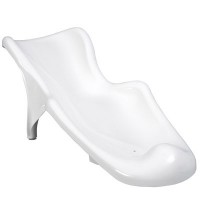
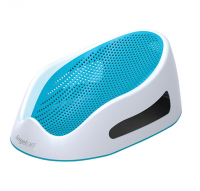
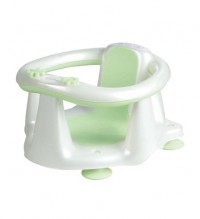
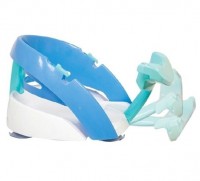
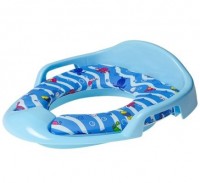 +
+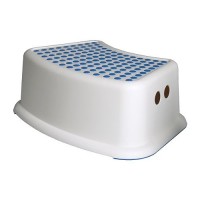 or
or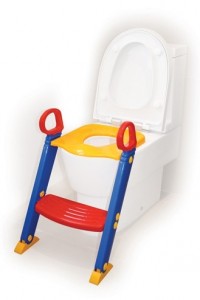
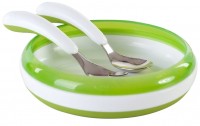 Feeding skills develop best when children are sitting in a comfortable, and well supported position.
Feeding skills develop best when children are sitting in a comfortable, and well supported position. Top tips for developing cutlery skills:
Top tips for developing cutlery skills: Give hand over hand help to begin with to learn the scooping motion to bring the spoon to their mouth, or stabbing motion for using a fork.
Give hand over hand help to begin with to learn the scooping motion to bring the spoon to their mouth, or stabbing motion for using a fork. If in doubt about your child’s ability to eat certain foods, or if you are concerned they aren’t swallowing properly, consult your health visitor. A speech therapy feeding assessment may be advised.
If in doubt about your child’s ability to eat certain foods, or if you are concerned they aren’t swallowing properly, consult your health visitor. A speech therapy feeding assessment may be advised.

